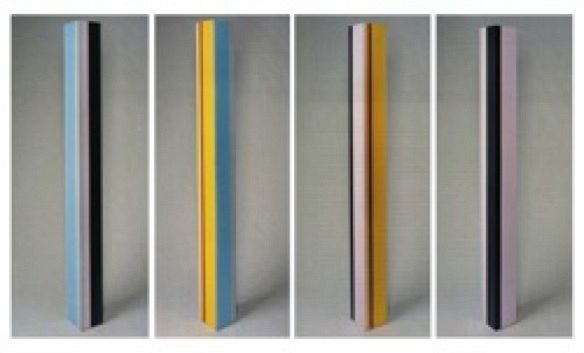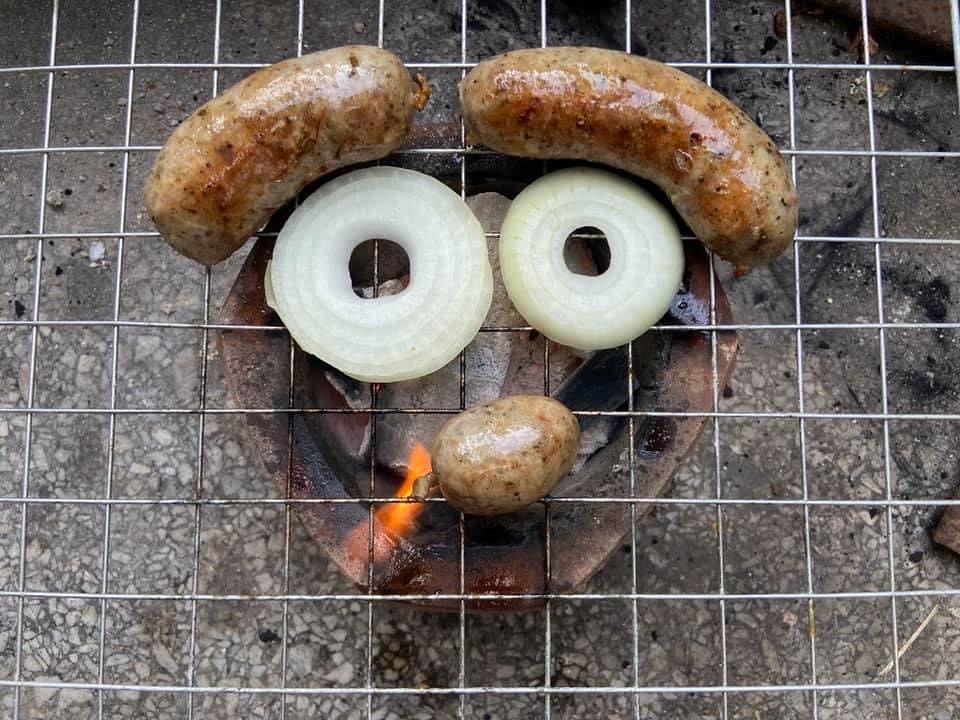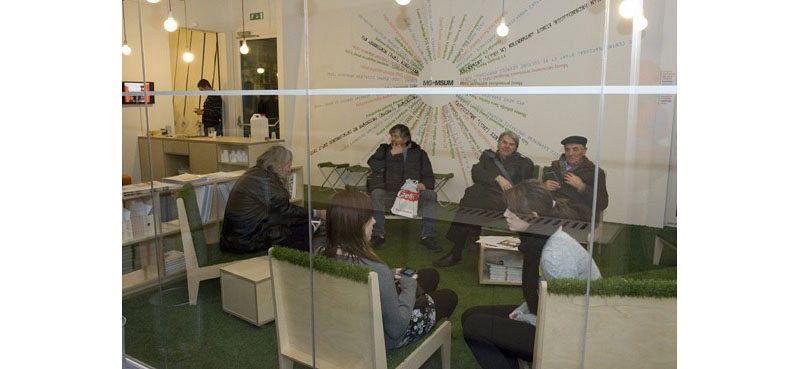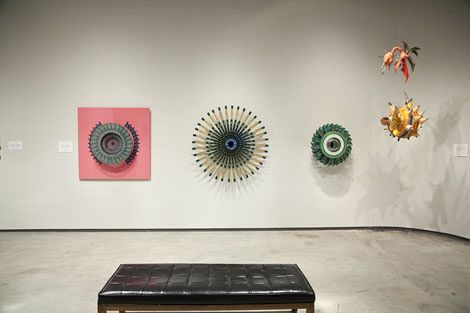Curator Jordan Stein developed this proposal during the Summer 2010 Curatorial Intensive in New York.
"My body is the pivot of the world." – Maurice Merleau-Ponty
"We only had money to do a black and white catalog." – John Gossage
Dead Center of Gravity does not feature the work of Anne Truitt, John McCracken, Robert Irwin, James Turrell, Dan Flavin, and Maria Nordman. Instead it features photographs of their work, shot by various individuals for various purposes, mostly in the 1960's and 70's in the United States. Dead Center of Gravity examines the way certain tendencies in minimal, abstract, and experiential art practices that privilege human presence have been translated and understood via photography. A show of images masquerading as a show of represented objects, Dead Center of Gravity focuses on sculptural practices that mimic the simple geometries most native to the camera; the line, the rectangle, and the plane.
What unites this particular strain of sculpture, aside from physical shape, is the paradoxical space between nowness and timelessness, here and nowhere, that it seeks to summon. The work hovers, towers, glows. Often, material can be passed through, made of light or water. To fully see the work, one must spend time with it. Because this transcendental grasp is rooted in real world human perception, photography became a leading antagonist; the not-so-necessary evil that denied not only the the presence of actual space, but somehow the act of looking altogether.
Robert Irwin famously pronounced that "[photography] captures everything the work is not, and nothing of what it is." While literally sound, his comment does not take into account a tremendously finite number of images that slip through the cracks of purported failure and/or straightforward translation. Of the thousands of relevant images in the collected art-historical data bank, a small collection are visually compelling in their own right, represent concerns fundamental to those of the original sculptor, and embody the implicit impossibility of their very existence. In this way, the images capture everything of what the work is.
Photographers were hired to take pictures that were reproduced in exhibition catalogs, magazines, books, and online. The byline always, erroneously, credited the work to the sculptor. But who owns these images? What is their value as representations? And what is their value as objects?
As contemporary ideas of photography seem to propel the flat image into deeper dimensional terrain, Dead Center of Gravity questions what we're looking at when we look at photographs of art experiences. A higly contrasted image presents a monumental sculpture as a black hole. A mirrored totem operates as a flip-book that refuses to cooperate. A clear column disappears a man in an otherwise empty room. A fluorescent experience in literally folded from its flatness. A lady diver passes right through our horizon line, enacting an architecture of transition. Finally, a city storefront is offered as some sort of evidence, flatfooted and matter-of-fact.
As images appear, circulate, and recirculate with ever-increasing swiftness and in ever-prevalent handheld devices, the hired photographers tasked with the honest job of 2D translation often go uncredited, their micro and macro narratives unexplored. As an “art-going” public comes to rely on the often digital "presence" of photographs to serve as a proof of original artworks, these images require a revised dialogic framework that engages ideas of ownership, reproduction, value, and context. Not a show of art but of work, Dead Center of Gravity aims to generate a more fully developed understanding of relevant sculptural impulses and corresponding photographic residue.
Technical specs
This exhibition consists of less than a dozen photographic images presented in their native habitats; that is, the original magazine, book, or catalog in which they were first printed. Space required for presenting this exhibition is flexible. The exhibition fee is US $2,500 plus shipping.
Learn more
For further information about this project or The Curatorial Intensive, please email info@curatorsintl.org.






